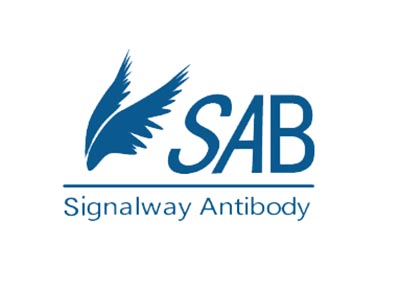Product Detail
Product NameRecombinant Human ATP synthase subunit alpha, mitochondrial(ATP5A1)
Host SpeciesE.coli
PurificationGreater than 90% as determined by SDS-PAGE.
Immunogen DescExpression Region:44-553aa
Sequence Info:Full Length of Mature Protein
Accession NoP25705
Uniprot
P25705
Gene ID
498;
Calculated MW59.2 kDa
FormulationTris-based buffer50% glycerol
StorageThe shelf life is related to many factors, storage state, buffer ingredients, storage temperature and the stability of the protein itself.
Generally, the shelf life of liquid form is 6 months at -20˚C,-80˚C. The shelf life of lyophilized form is 12 months at -20˚C,-80˚C.
Notes:Repeated freezing and thawing is not recommended. Store working aliquots at 4˚C for up to one week.
Tag InfoN-terminal 6xHis-tagged
Application Details
Mitochondrial membrane ATP synthase (F1F0 ATP synthase or Complex V) produces ATP from ADP in the presence of a proton gradient across the membrane which is generated by electron transport complexes of the respiratory chain. F-type ATPases consist of two structural domains, F1 - containing the extramembraneous catalytic core, and F0 - containing the membrane proton channel, linked together by a central stalk and a peripheral stalk. During catalysis, ATP synthesis in the catalytic domain of F1 is coupled via a rotary mechanism of the central stalk subunits to proton translocation. Subunits alpha and beta form the catalytic core in F1. Rotation of the central stalk against the surrounding alpha3beta3 subunits leads to hydrolysis of ATP in three separate catalytic sites on the beta subunits. Subunit alpha does not bear the catalytic high-affinity ATP-binding sites
If you have published an article using product AP70065, please notify us so that we can cite your literature.



 8-15 business day
8-15 business day



